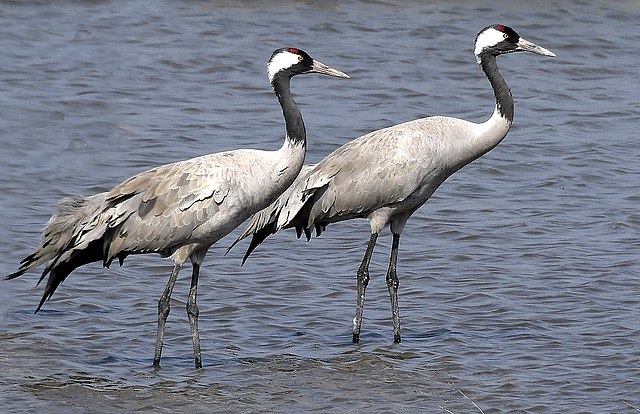The Broads are a feat of conservation and comprise the only national park covering the east of Anglia, a haven for wetlands, meandering streams, a treasure of wildlife and a wealth of picture postcard scenes and eternal history.
Embracing the horizon where tranquil waterways meet the boundless skies, the Broads is Britain’s most expansive safeguarded wetland. Stretching across Norfolk and Suffolk, this serene locale offers a perfect retreat to rejuvenate the spirit. Whether you want to explore its verdant nature reserves, take a rented boat to slide along its waterways, or just hike down some scenic trails to shake off seasonal indulgences, the Broads offers something unique.
A Landscape Forged by History.
Despite appearing as a feature of natural beauty, the Broads owe their existence to medieval peat excavation. These diggings, which were flooded in the 14th century, became the source of the magical waterways of today. The waters consist of seven rivers, more than 60 broads ranging from small pools to extensive lakes-and contain 25 conservation areas, 14 historic monuments, and 270 listed buildings within its boundaries. Visitors can enjoy quaint inns and restaurants right on the waterways. The list of activities is endless, from wild swimming and paddleboarding to cycling and rambling over peaceful riverside paths and country lanes. Every corner of the Broads is alive with nature’s symphony and sights that captivate the soul.
Winter’s Bounty of Wildlife.
During winter, the marshes are filled with flocks of bearded tits echoing their peculiar “pinging” calls among the reeds.
Vast skeins of wild geese fill the skies, making journeys between feeding and roosting grounds. The keen observer may well be thrilled by a glimpse of a kingfisher in its iridescent flight, a shy Chinese water deer, or a frolicking otter. It might go unseen unless by rare chance, but around Hickling Broad, the statuesque Common Crane commands the landscape in ruffled tail feathers with bugling calls booming overland. The chorus of the birds alone can soothe the weariness of a soul most tired. Permanent residents include herons at the water’s edge, stands statuesque, cormorants drying their feathers from the sun, swans elegantly shepherding the cygnets, while the marsh harriers glide almost effortlessly over the ground. Rare and Precious Denizens
The Broads are a haven for rare species.
In warmer seasons, one may come across the Norfolk Hawker dragonfly-aeshna isoceles, with bright green eyes and a rust-coloured body or the exquisite swallowtail butterfly-papilio machaon, a species found nowhere else in Britain.
The water vole, commonly mistaken for the brown rat but with a distinctive blunt nose, rounded ears, and furry tail, also belongs here. However, its number has been considerably reduced due to invasive predators and environmental change. According to the Broads Authority, six species are lost on average every decade, dating back to the past five decades.
Climate Change.
A Looming threat low-lying and coastal, the Broads are acutely vulnerable to rising sea levels and flooding in light of climate change. All these factors threaten habitat loss and intensify storms, making it more than likely that sewage runoff may occur in waterways and further pressurise fragile flora and fauna. It has compelled the Broads Authority to declare a Biodiversity Emergency with a view to galvanising public and political will towards changing the trend of species decline.
Time is running out, and we must act now,” says Andrea Kelly, the Broads Authority’s Adviser on Environment Policy. That call to urgency perhaps best shines a light on just how measures are being made both for people and for wildlife to become resilient with the increasingly changing climate.
Championing Biodiversity.
Attempts are made to counteract these risks. The Broads Authority works with local communities on adapting to the shifting climates, trying to minimise adverse impacts while grasping new sustainable opportunities. At the centre of this is improved water management to protect winter floodplains and ensure enough water for summer biodiversity.
Although the peatlands of the Broads are crucial carbon stores, once drained for farming, the soils release greenhouse gases to add to climate challenges. In restoring peatlands with farmers, the authority seeks to improve carbon sequestration, enhance water filtration, and reduce flooding and provide a haven for teeming life.
The survival of the Broads depends upon a symbiotic relationship between man and nature. From reed cutters to grazing ponies, and rare dragonflies to flourishing aquatic flora, the web of life in this national park remains a treasure for all to cherish and protect.
